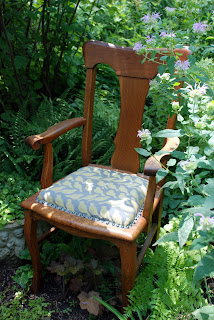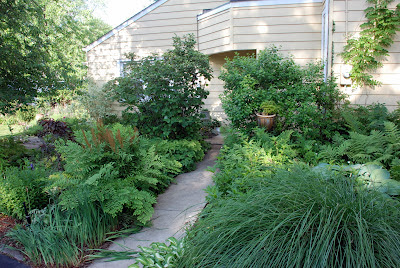


In 1988 I went to Paw Paw, Michigan to spend the afternoon with my friend Judy Sarkozy while drawing an apple orchard in bloom. The owner of the orchard, Wanda Miller, packed us a perfect lunch to eat in the field. The weather and conversation were exceptional. That day inspired a project that continued for more than 20 years.
It is, perhaps, my own form of taxonomy that prompts me to seek out as many varieties of things as I can find - a sort of visual science. I searched for and drew all of the pansies that I could find in the space of one summer and all of the forms of poppies during another summer. The apples, however, were my longest and deepest search.
It started in a very haphazard way. When I saw a new apple I would buy it and draw it any way I pleased. There was no continuity in how I approached the subject matter or the paper I drew it on - its variety, size or weight. When I finished the drawing it just went to a heap of other apple drawings.
The apple season starts in Michigan in August and the farmers' markets continue to get different varieties into November. The supermarkets often continue to get exotic apples throughout the winter. I kept finding new ones for about 5 years and then got distracted. The pile of apples got put on a closet shelf in my studio. Two years ago I moved my base of operations and found all 73 where I had abandoned them. At that point I knew there was going to be an Herbarium and the collection might be interesting to add to that project. I cut the drawings to the same size and a uniform format for the look of the apple itself was established. Nice drawings that had unsuitable backgrounds or were drawn on smaller sheets were cut out and mounted onto the new, standard size backing.
It seemed right to increase the number of varieties to 100.
The final apple was found by Megan Parry near her home in the southern tier of New York state - a wonderful antique variety called a 20 ounce. The ceramic snake, pictured on top of drawings, was also made by Megan.
It is tempting to continue drawing new apples but since I have expanded to plums and peaches and pears and potatoes there is plenty to do without looking for the 101st variety.
I am hoping to get started, however, on information about apples. This could take the form of a notebook or printed text and photos on the interleaving between my drawings. The pleasure of this cabinet project is that there will always be something new and interesting to do.




















































